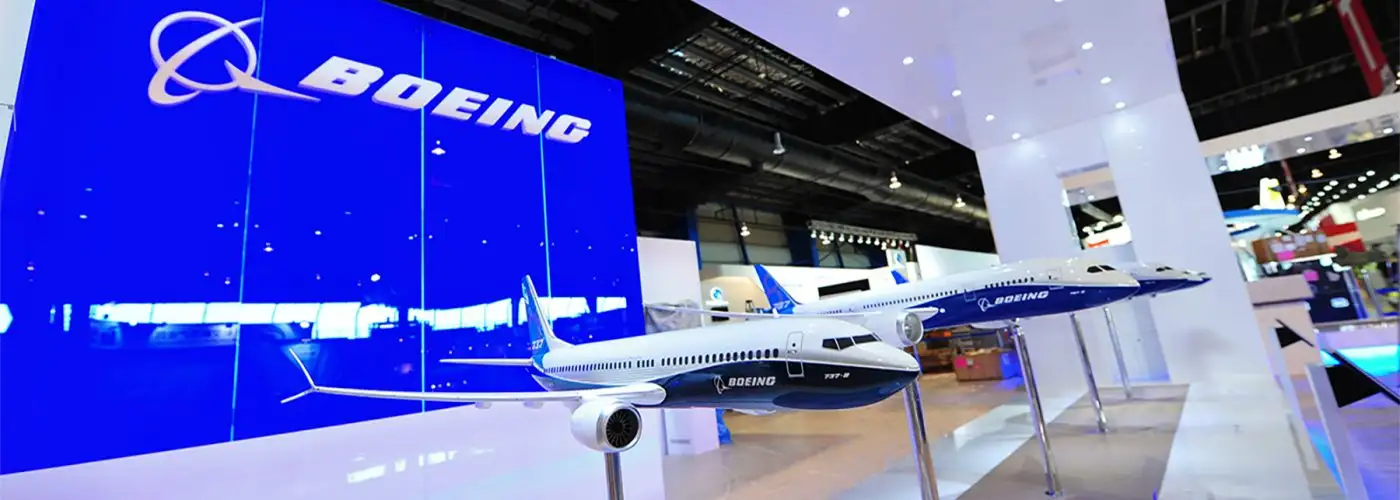In the three weeks since the FAA grounded Boeing’s 737 MAX aircraft, we’ve learned a lot about the plane and what likely caused the Lion Air and Ethiopian Airlines crashes. But we’re still waiting to hear when, exactly, Boeing will have a fix for the aircraft to return to the skies.
Boeing is working on a software fix to the 737 MAX’s Maneuvering Characteristics Augmentation System (MCAS), but is not ready to deploy it. According to Bloomberg, the software update aims to make the plane’s system “less aggressive in pushing down a plane’s nose, and to add redundancy so that it’s less likely to activate when other systems malfunction.”
However, that fix is still “weeks” away, and would be subject to review. According to the Seattle Times, “Boeing will submit the software update for FAA review ‘once completed in the coming weeks,’ the company said.” Boeing executives have said the updates will take “about an hour” to install once they are final and approved by the FAA.
Will Travelers Trust the Fix?
The FAA issued a statement Monday acknowledging this extended timeline, saying the software update will receive a “rigorous safety review.” The Seattle Times notes that “foreign regulators in Canada and Europe have indicated that they will do their own reviews of the Boeing fix and won’t simply take the FAA’s word for it.”
Boeing added that it is “working to demonstrate that we have identified and appropriately addressed all certification requirements and will be submitting for FAA review once completed in the coming weeks. Safety is our first priority, and we will take a thorough and methodical approach to the development and testing of the update to ensure we take the time to get it right.”
What It All Means for Travelers
But as we learn more about the crashes, it’s harder to see this as simply an isolated issue. Each revelation raises serious questions, from the flawed flight control system to the inadequate emergency procedure Boeing recommended to its pilots, not to mention the fact that the FAA may have gone easy on Boeing.
How did Boeing get these important functions wrong? How did the FAA not catch it? Was the FAA too deferential to Boeing in its certification process? And, most troubling, do these questions go deeper into other aspects of the model, or to the broader Boeing fleet?
For travelers, this means there are two storylines to follow. One is the inevitable software fix and approval process for the 737 MAX, which will play out over the upcoming weeks and months. People may question the airworthiness of these planes, and who could blame them? But when the MAX returns to the skies, it’s reasonable to assume the planes will be safe. After all, Boeing aircraft complete hundreds if not thousands of problem-free flights every day, and the amount of scrutiny on this update is intense, to say the least.
Equally essential, however, is the investigation into how this flawed system made it into the 737 MAX in the first place, and what that investigation says about the larger relationship between Boeing and the FAA. A finding of lax oversight could have dramatic implications for the airline industry overall, but for now we’ll have to see where the facts lead.
Readers, will you be confident in the 737 once it’s back in service?
More from SmarterTravel
We hand-pick everything we recommend and select items through testing and reviews. Some products are sent to us free of charge with no incentive to offer a favorable review. We offer our unbiased opinions and do not accept compensation to review products. All items are in stock and prices are accurate at the time of publication. If you buy something through our links, we may earn a commission.
Related
Top Fares From
Today's Top Travel Deals
Brought to you by ShermansTravel
France: 8-Night Paris, Avignon & Nice...
Infinity Worldwide Vacations
 vacation
$2880+
vacation
$2880+
Poconos: 3 Nts in Garden of...
ResortsAndLodges.com
 hotel
$305+
hotel
$305+
7-Nt Canada & New England Cruise,...
Princess Cruises
 cruise
$839+
cruise
$839+




